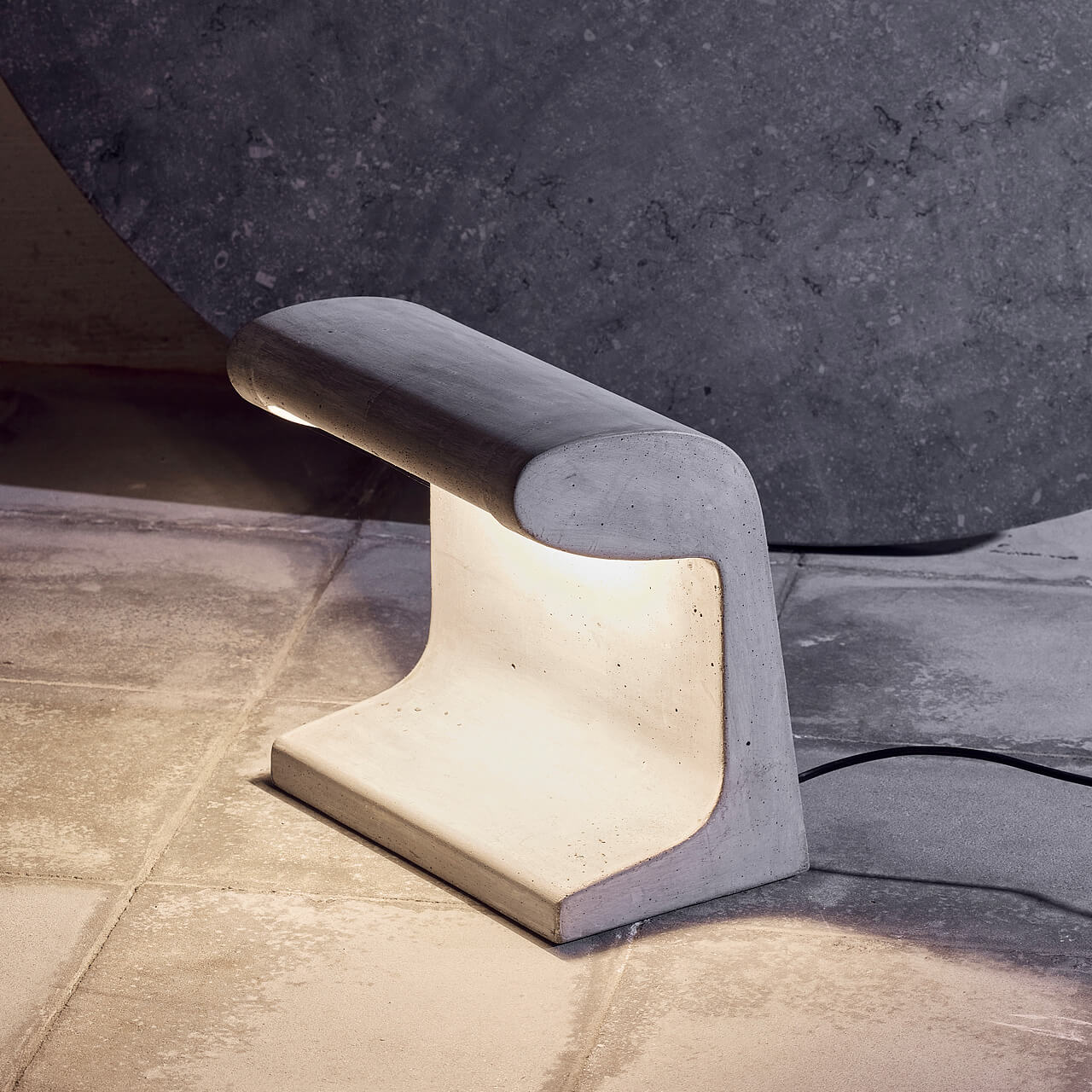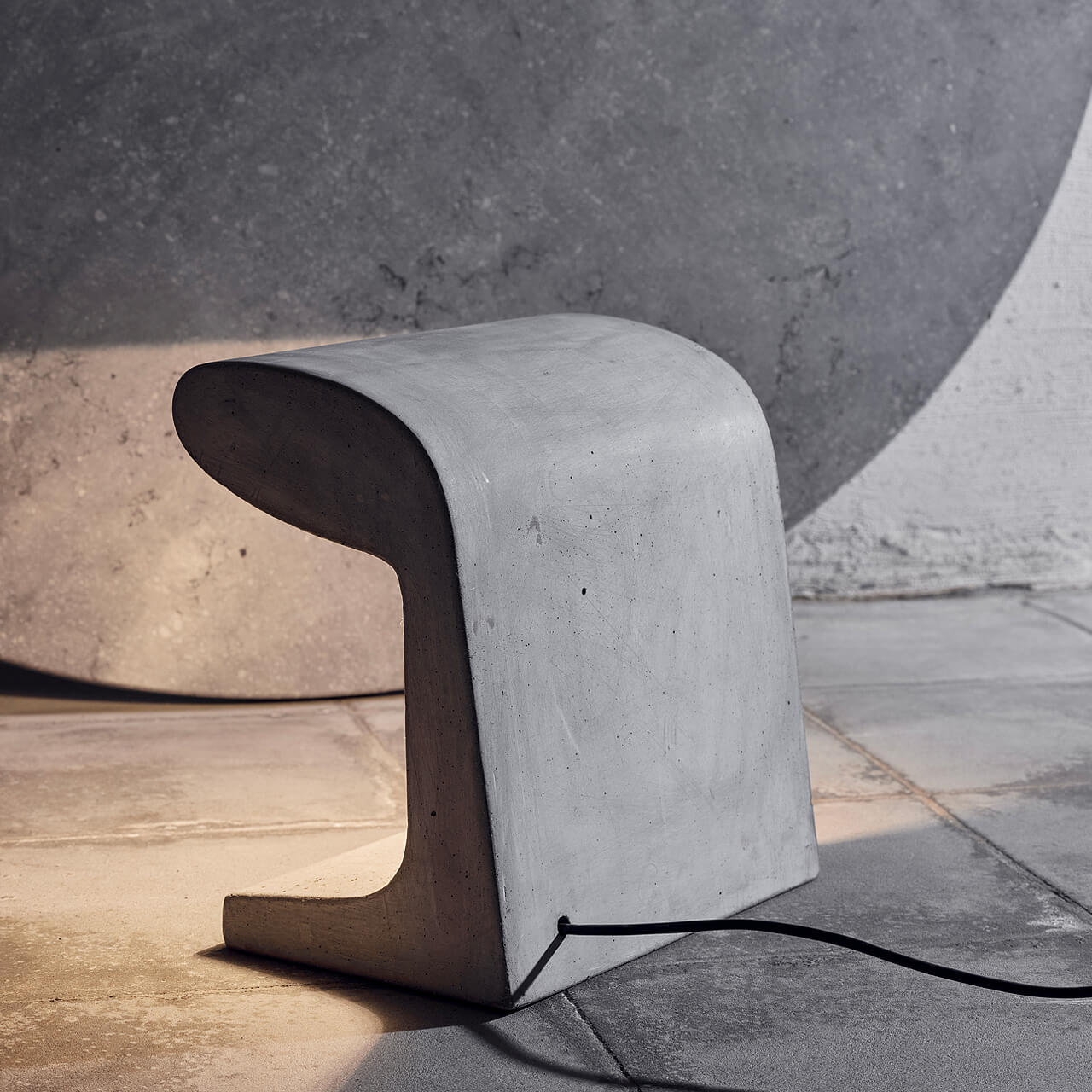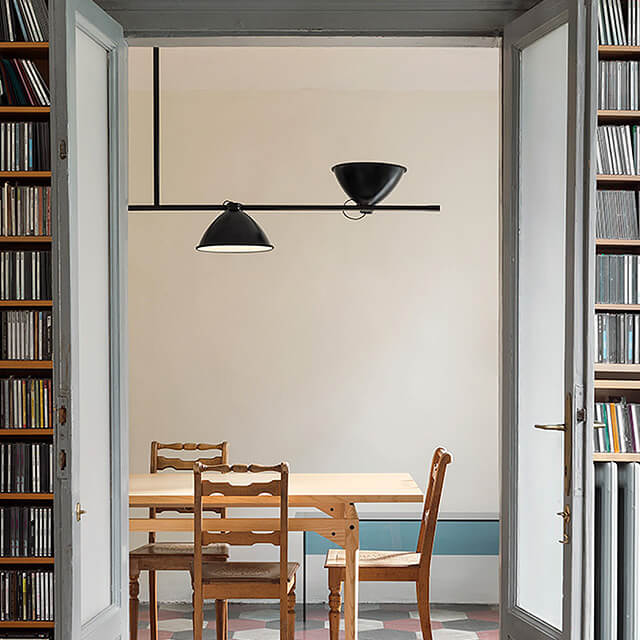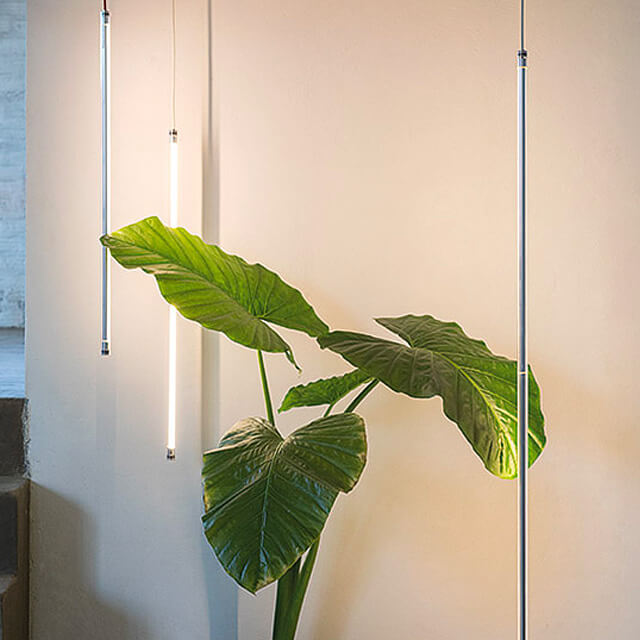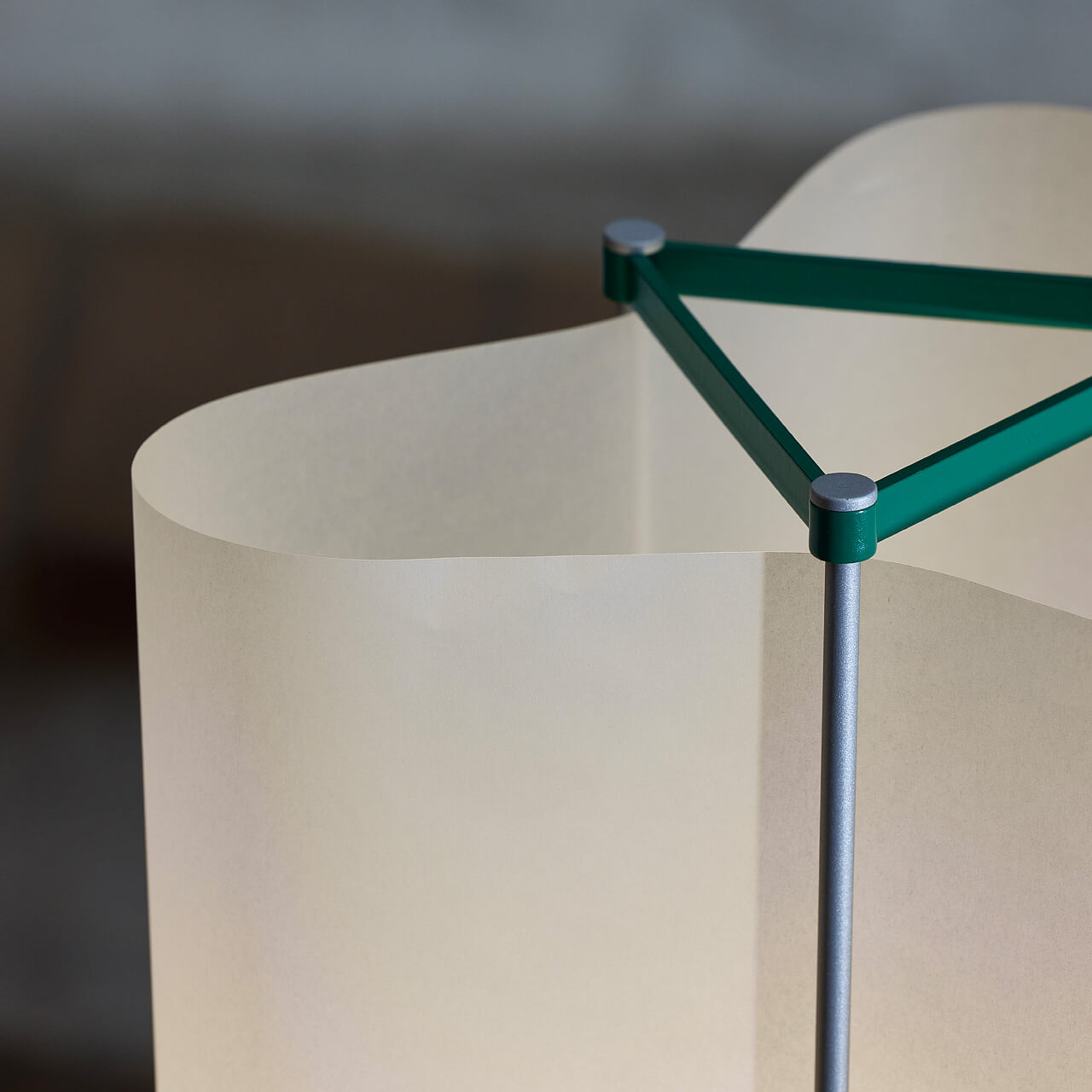
NEMO LIGHTING

LAMPE CABANON
En 1952, sur les rives de la Côte d’Azur, Le Corbusier a construit “Cabanon” : l’archétype absolu de l’habitat essentiel. Un projet, réalisé selon les règles du Modulor, à deux pas de la mer, un refuge pour l’architecte dans ses dernières années. Lampe Cabanon, conçue pour le microcosme dont elle porte le nom, représente un symbole de l’architecture, du design, de la production et de l’art de vivre essentiel. Une base issue d’un objet trouvé sur les plages françaises – un porte-obus de mortier – surmontée d’un abat-jour fabriqué à partir du papier glacé utilisé par l’architecte.
Nemo Lighting détient l'exclusivité mondiale pour la production de ces lampes conçues par Le Corbusier. Chaque produit est fabriqué en Italie.
https://www.nemolighting.com
In 1952, on the shores of the Côte d'Azur, Le Corbusier built “Cabanon”: the absolute archetype of essential living. A project built according to the rules of the Modulor, a stone's throw from the sea, a refuge for the architect in his final years. Lampe Cabanon, designed for the microcosm whose name it bears, represents a symbol of architecture, design, production and the essential art of living. A base derived from an object found on French beaches - a mortar bus rack - topped by a shade made from the glossy paper used by the architect.
Nemo Lighting has worldwide exclusivity for the production of these lamps designed by Le Corbusier. Each product is made in Italy
Translated with DeepL.com (free version)
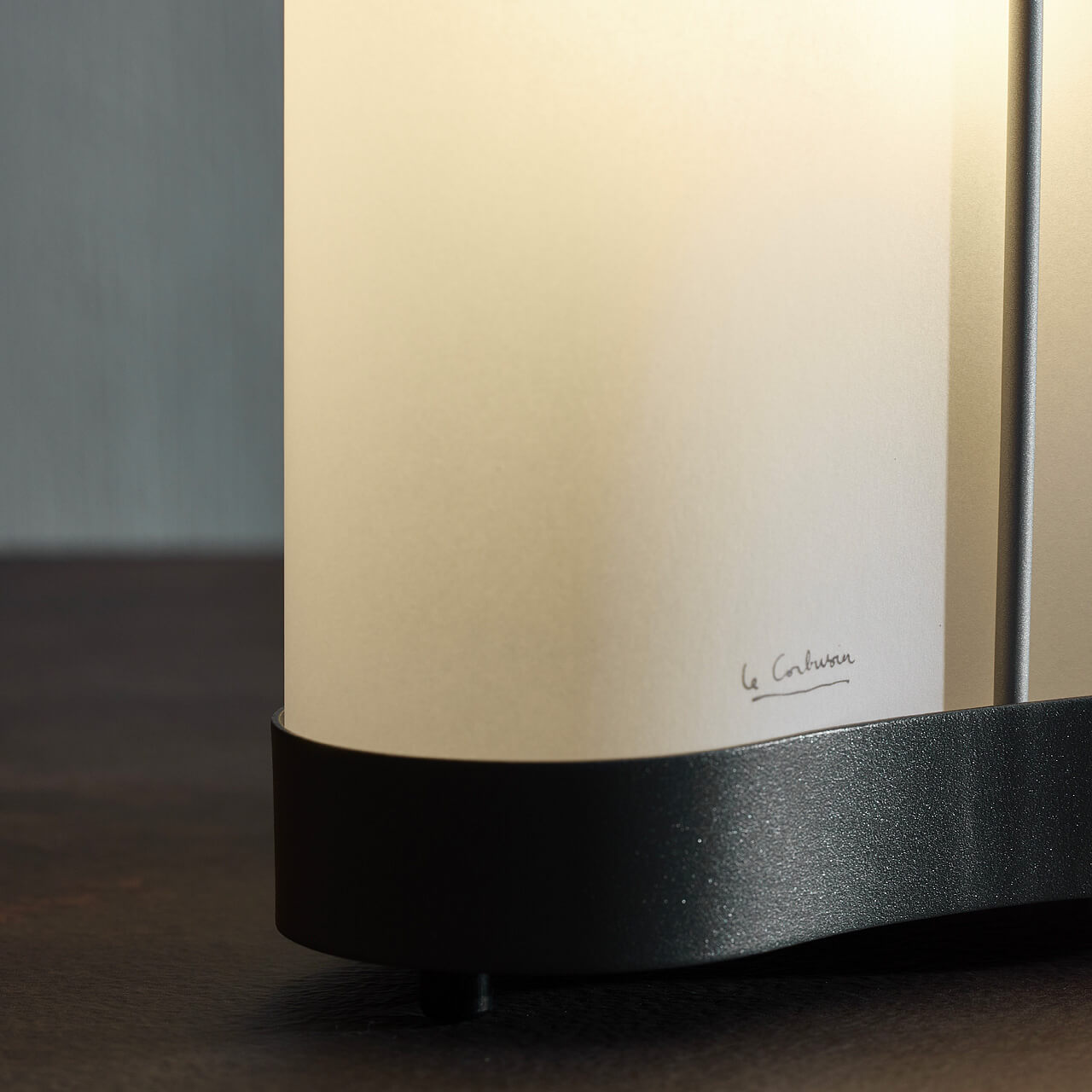
C’est en 1952 que Le Corbusier conçoit Borne Béton pour l’espace extérieur de l’Unité d’Habitation à Marseille et pour éclairer le barrage de Bhakra, Sukhna Dam en Inde. Une première expérience dans l’utilisation du béton pour une collection de lampes dans la lignée de l’architecture brutaliste. Le béton brut et spartiate est associé à une source LED intégrée, combinant différents volumes mis en valeur par la lumière.
BORNE BÉTON PETITE.
In 1952, Le Corbusier designed Borne Béton for the outdoor space of the Unité d'Habitation in Marseille and to light the Bhakra Dam, Sukhna Dam in India. A first experience in the use of concrete for a collection of lamps in the tradition of Brutalist architecture. The raw, Spartan concrete is combined with an integrated LED source, combining different volumes highlighted by the light.

